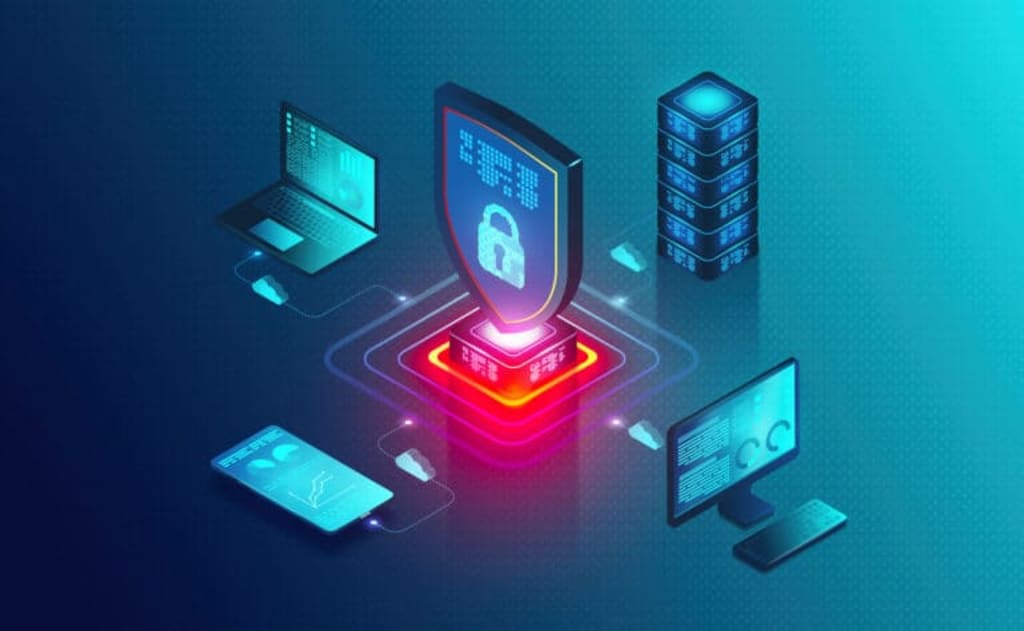Cybersecurity Trends to Watch: Emerging Threats and Solutions
A Guide to Overcome the Threats of Cyber Threats

The progression of technology corresponds with the evolution of cybersecurity threats. Cybersecurity threats refer to potential risks and malicious activities that target computer systems, networks, and digital data. These threats can exploit vulnerabilities in technology infrastructure, software, or human behavior to gain unauthorized access, cause damage, steal sensitive information, or disrupt operations. This intriguing article explores the emerging trends in cybersecurity, highlighting the evolving landscape of digital threats and the innovative solutions being developed to counter them. By staying informed about the latest cybersecurity trends, individuals and organizations can proactively protect themselves from potential breaches. From ransomware attacks to artificial intelligence-powered threats, this article examines the challenges and cutting-edge solutions that will shape the future of cybersecurity.
Rise of Ransomware Attacks
Ransomware attacks have witnessed a significant increase in recent years, targeting individuals, businesses, and even government organizations. Ransomware attacks are a type of malicious cyber attack in which hackers use malware to encrypt files or lock access to a victim's computer or network. The attackers then demand a ransom, typically in cryptocurrency, in exchange for restoring access to the encrypted files or systems. These malicious attacks involve encrypting a victim's data and demanding a ransom for its release. As cybercriminals become more sophisticated, ransomware attacks have evolved to include double extortion, where stolen data is threatened to be leaked if the ransom is not paid. The article explores the impact of ransomware attacks, the industries most vulnerable, and the importance of robust backup solutions and incident response plans.
Artificial Intelligence-Powered Threats
While artificial intelligence (AI) has the potential to revolutionize various industries, it also poses new challenges for cybersecurity. Hackers can leverage AI to automate attacks, bypass security measures, and exploit vulnerabilities at an unprecedented scale. This section explores the emergence of AI-powered threats, such as deepfake attacks, AI-enhanced phishing, and AI-generated malware. It also discusses the need for AI-driven cybersecurity solutions to detect and mitigate these evolving threats effectively.
Internet of Things (IoT) Security Risks
The proliferation of connected devices in our homes, workplaces, and cities brings convenience but also introduces new security risks. The article examines the cybersecurity challenges posed by the Internet of Things (IoT), including vulnerable devices, insufficient security measures, and the potential for large-scale botnet attacks. It explores the importance of securing IoT devices, implementing network segmentation, and adopting best practices for IoT security to prevent unauthorized access and data breaches.
Data Privacy and Compliance
Data privacy and compliance regulations continue to evolve, placing increased scrutiny on organizations' handling of personal and sensitive information. This section discusses the growing emphasis on data privacy, including the implementation of regulations such as the General Data Protection Regulation (GDPR) and the California Consumer Privacy Act (CCPA). It explores the importance of privacy by design, data encryption, and regular security audits to ensure compliance and maintain consumer trust.
Zero Trust Security Model
Traditional perimeter-based security measures are no longer sufficient in today's dynamic threat landscape. The article highlights the adoption of the Zero Trust security model, which assumes that no user or device can be inherently trusted and requires continuous authentication and verification. It explores the principles of Zero Trust, such as micro-segmentation, multi-factor authentication, and privileged access management, as a proactive approach to mitigating internal and external threats.
As the digital landscape evolves, so do the threats to cybersecurity. Staying ahead of emerging trends and understanding the evolving threat landscape is crucial for individuals and organizations. By addressing the rise of ransomware attacks, combating AI-powered threats, securing the Internet of Things, prioritizing data privacy and compliance, and adopting the Zero Trust security model, we can navigate the complex cybersecurity landscape and safeguard our digital assets in an increasingly interconnected world.
About the Creator
Enjoyed the story? Support the Creator.
Subscribe for free to receive all their stories in your feed. You could also pledge your support or give them a one-off tip, letting them know you appreciate their work.





Comments
Hasini Mullegama is not accepting comments at the moment
Want to show your support? Send them a one-off tip.